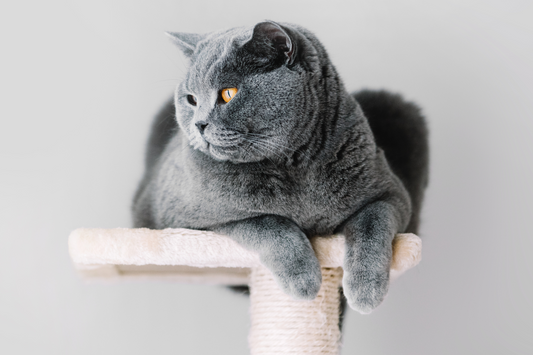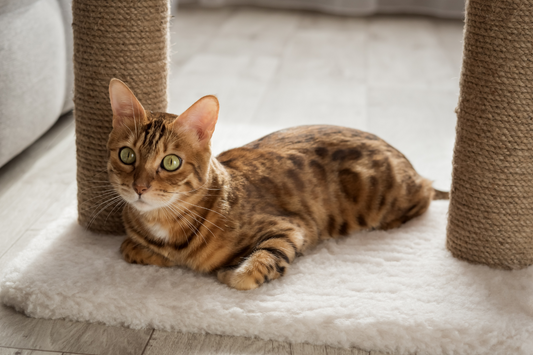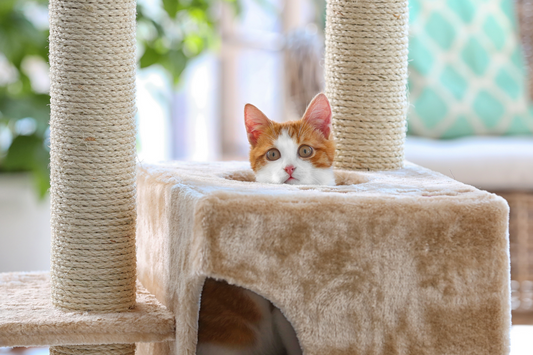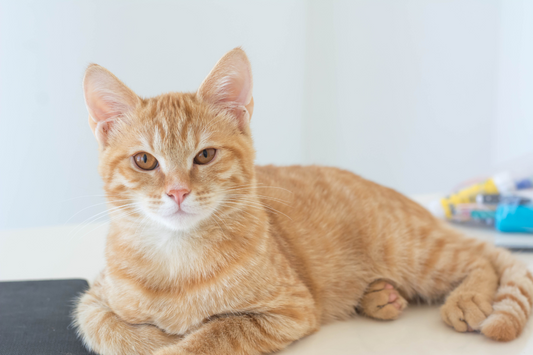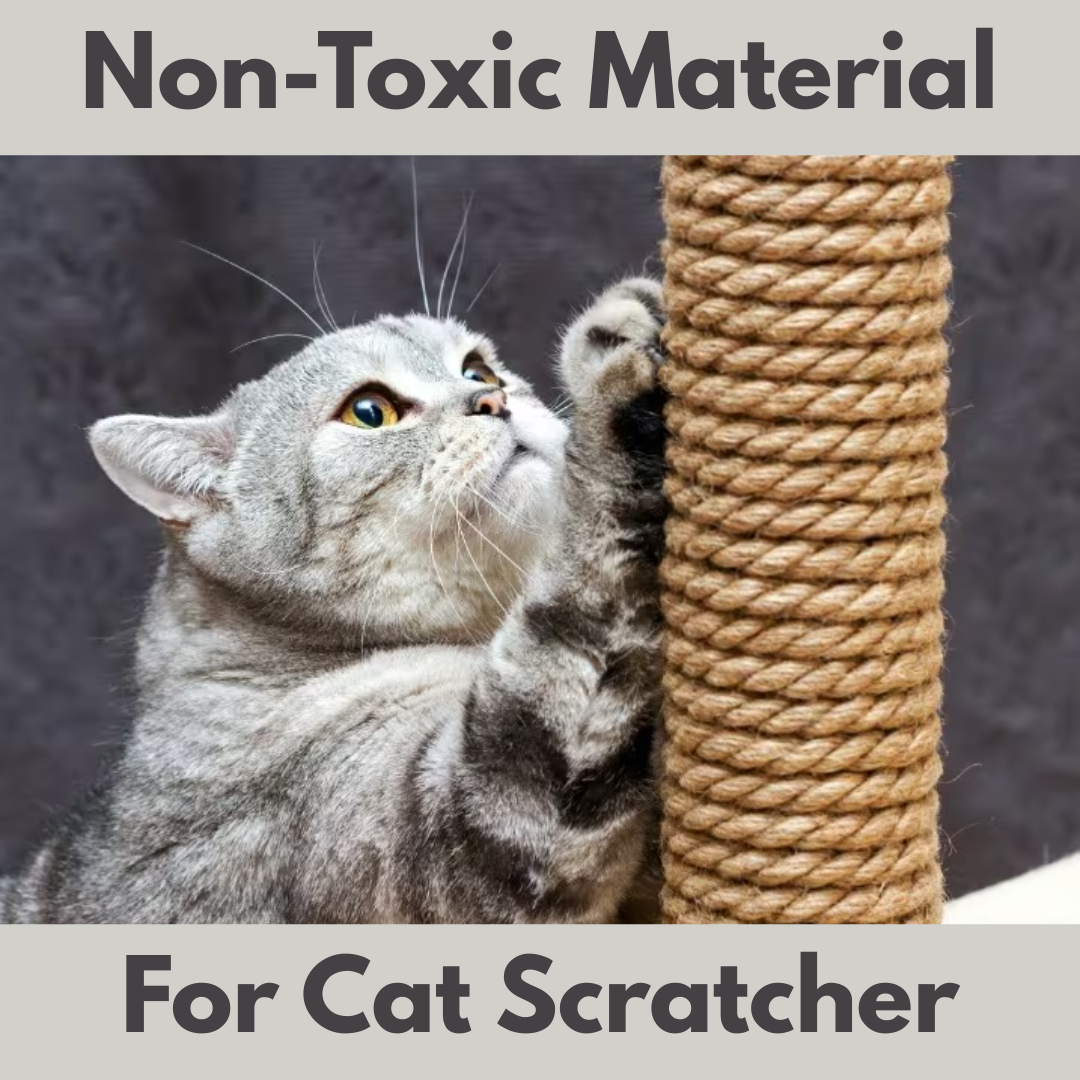
As cat owners, we go to great lengths to ensure our furry companions are safe, happy, and healthy. From food choices to litter brands, every decision matters. But one item that often escapes scrutiny is the humble cat scratcher. While it's a staple in any cat-loving home, not all scratchers are created equal—especially when it comes to the materials used.
Many commercially available cat scratchers are made with synthetic adhesives, chemical-laden dyes, or treated wood that may pose health risks to your pet. In this blog post, we’ll dive into why choosing non-toxic materials for your cat scratcher matters, and how to make safe, informed decisions.
Why Cats Need Scratchers
Before diving into materials, let’s quickly recap why scratchers are essential for cats:
- Natural behavior: Scratching is an instinct that helps cats sharpen claws, stretch muscles, and mark territory.
- Furniture protection: A good scratcher can save your sofa or curtains from becoming your cat’s scratching post.
- Mental stimulation: Engaging with different textures and shapes can provide much-needed mental enrichment.
Since your cat will be in close contact with their scratcher—rubbing their face against it, licking their paws afterward, even sometimes chewing—it’s important to ensure the materials are safe and chemical-free.
Common Hazards in Conventional Cat Scratchers
Many mass-produced scratchers are inexpensive, but they often come with hidden risks. Here are some common materials that might not be safe:
1. Treated Wood
Some scratchers use plywood or particle board that’s been chemically treated to prevent pests or mold. Unfortunately, these treatments can contain formaldehyde or other volatile organic compounds (VOCs), which are harmful to both cats and humans.
2. Synthetic Glues
Hot glue, spray adhesives, and industrial-strength glues used to hold together scratcher components may off-gas harmful fumes. Curious cats that nibble on edges could ingest small amounts of these chemicals.
3. Artificial Dyes
Colorful or patterned scratchers may use synthetic dyes that aren’t food-safe or pet-safe. These dyes can irritate your cat’s skin or be toxic if ingested.
4. Plastic Components
Some scratchers feature plastic edges, supports, or bristles that may contain BPA, phthalates, or other chemicals not suitable for cats.
What to Look for in Non-Toxic Cat Scratchers
When selecting or making a cat scratcher, look for the following materials and features to ensure it’s truly non-toxic:
1. Natural Sisal
Sisal is a durable, biodegradable fiber made from the agave plant. It's commonly used in high-quality scratchers and is safe for cats. Make sure it’s untreated and free from dyes or chemical coatings.
2. Untreated Wood
If you’re going for a wooden base, opt for solid, untreated hardwoods like oak, maple, or pine. Avoid plywood, MDF, or anything labeled "engineered wood," as these can contain adhesives and formaldehyde.
3. Cardboard (Non-Toxic Adhesive)
Corrugated cardboard scratchers are loved by cats, but check how they’re bonded. Look for brands that advertise non-toxic, food-grade adhesives or plant-based glues. Uncoated cardboard is best.
4. Organic Cotton or Wool Covers
Some scratchers come with padded or covered surfaces. Choose natural fabrics like organic cotton, untreated wool, or hemp. Avoid anything that feels synthetic or has a chemical smell.
5. Natural Rope
Besides sisal, other safe options include jute and hemp rope. Make sure they’re not treated with fungicides, preservatives, or petroleum-based oils.
Safe DIY Cat Scratcher Ideas
If you're the DIY type, creating a custom cat scratcher gives you full control over the materials. Here are a few ideas for non-toxic, budget-friendly scratchers:
1. Cardboard Tower
Use clean, uncoated cardboard boxes to build a layered scratcher. Cut uniform strips, roll or stack them, and secure with a non-toxic glue like flour paste or plant-based glue.
2. Sisal-Wrapped Post
Attach untreated sisal rope around a wooden post mounted on a sturdy base. Use wood glue labeled as non-toxic or fasten with small nails (making sure the ends are secured away from paws).
3. Reclaimed Wood Board
Find a piece of sanded, untreated wood and wrap one side with sisal or jute. Mount it horizontally or vertically on a wall or base.
4. Carpet-Free Zone
Avoid using old carpets unless you’re certain they’re untreated. Most modern carpets contain chemical fire retardants or dyes that aren’t safe for pets.
Brands That Prioritize Non-Toxic Materials
If you’d rather buy than DIY, there are several brands that offer eco-conscious, non-toxic options:
- PetFusion: Known for using recycled cardboard and non-toxic glue.
- Frond Design Studios: Handmade scratchers using solid wood and natural fibers.
- Hauspanther: Offers stylish options with a focus on safe, natural materials.
- Pioneer Pet SmartCat: Their Ultimate Scratching Post is made from fibrous woven sisal and a solid wood base.
Always read product descriptions and reviews. Look for terms like "BPA-free," "formaldehyde-free," "non-toxic," and "natural materials." If you're unsure, reach out to the manufacturer for details.
How to Test for Safety at Home
Even if a product claims to be safe, use your own senses to check for red flags:
- Smell: If it has a strong chemical odor, it’s probably not safe.
- Touch: Rough or synthetic-feeling fibers may be treated or artificial.
- Labeling: Vague or missing material information is a warning sign.
- Cat behavior: If your cat avoids the scratcher, it could be due to an off-putting chemical smell or feel.
Final Thoughts
Your cat’s scratcher is more than a toy—it's a vital part of their environment. Choosing non-toxic materials isn’t just about going “natural” for the sake of it; it’s about protecting your pet’s health, preserving indoor air quality, and making mindful choices that align with your values. Whether you’re crafting a DIY masterpiece or investing in a commercial scratcher, taking the time to choose safe materials will give you peace of mind and keep your feline friend purring with satisfaction.
Remember: When in doubt, go natural. Your cat—and your conscience—will thank you.
Want to make your own eco-friendly cat scratcher? Stay tuned for our upcoming DIY tutorial, or subscribe to our newsletter for more sustainable pet care tips!
